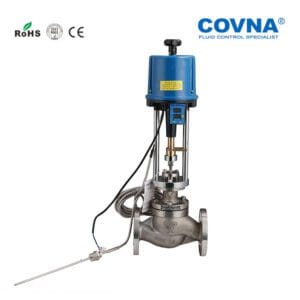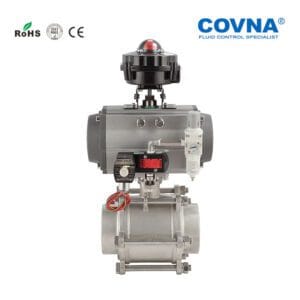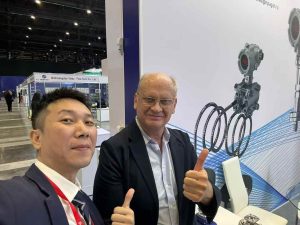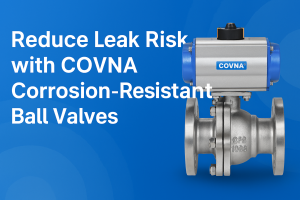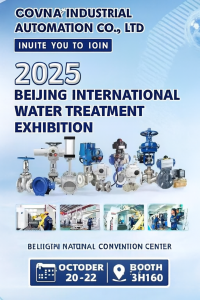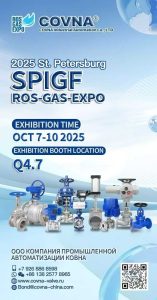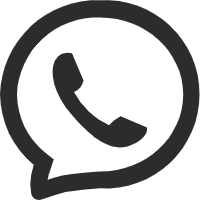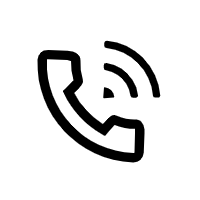Pneumatic Directional & Flow Control Valves Explained

3/2-Way Pneumatic Solenoid Valve, Fast Response, Industrial Use
A 3/2-way pneumatic solenoid valve with three ports and two positions switches airflow in under 10 ms. Nylon composite body and FKM seals withstand 10 bar and –10 °C to +60 °C. The 24 V DC coil draws 5 W via a DIN connector. Precision spool limits leakage to 0.2%, while a spring return ensures instant reset. Rated IP65 and over one million cycles durability for fast packaging and robotics.

Heavy-Duty Pneumatic Brake Valve for Mobile Machinery
Heavy-duty pneumatic brake valve features a cast-iron body with epoxy coating and brass internals for corrosion protection. Rated 0–16 bar and –30 °C to +70 °C, it includes an adjustable response regulator to set braking force and speed. A spring return engages fail-safe on air loss, and built-in relief prevents overpressure. Certified ISO 7653 for reliable braking in heavy machinery.
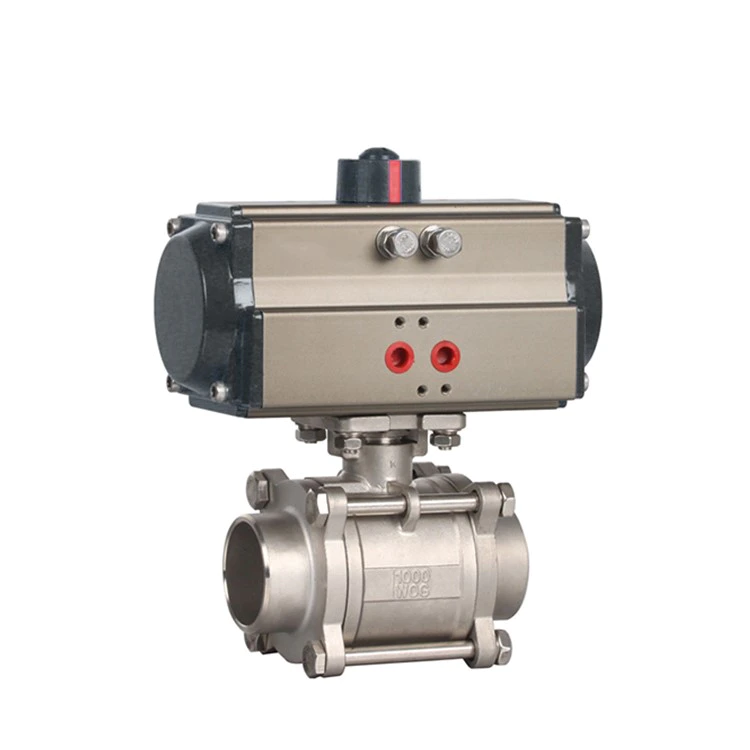
Pneumatic Valve Spring Compressor Maintenance Tool
Handheld spring compressor tool features a hardened steel frame and adjustable jaws for 5–50 mm springs. A ratcheting handle with quick-release lever speeds compression cycles, and a safety lock pin secures springs. Weighing 1.2 kg, it fits maintenance kits. Ideal for disassembling valve cartridges, replacing seals, and rebuilding actuator modules to reduce downtime and improve technician safety.

One-Way Pneumatic Exhaust Valve for Pressure Relief
One-way pneumatic exhaust valve vents air through a ¼″ port at up to 8 bar in a single direction. An anodized aluminum body houses a poppet and spring for automatic reset upon pressure reversal. Rated –10 °C to +60 °C. Its compact footprint suits safety interlocks, emergency stops, and rapid pneumatic venting in machine guarding systems.
We Have The Best Solutions for Your Business
COVNA GROUP CO., LTD is a world-leading valve manufacturer which specialized in solenoid valves, pneumatic valves, and electric valves for pipeline fluid control. COVNA originated from German technology, has its own R&D, design, production, sales team, and aims to be the global automation application service provider.
COVNA production range includes solenoid valves, pneumatic valves, electric valves, gate valves, globe valves, butterfly valves, control valves, safety valves, and various special valves. COVNA products are widely used in Water & Waste water treatment, Automation, Petroleum, Chemical, Electric power, Metallurgy, Mining, Paper-making, Pharmaceutical Industries, etc.
COVNA team make a rapid response to customer's requirements, provide professional product selection guidance and reliable valve application solutions.So far, COVNA has achieved ISO 9001 Quality Management System Certification, CE Certification, RoHS Certification.
Why Choose COVNA
Global Expertise
COVNA delivers valve solutions to customers in over 120 countries, combining global market expertise with localized support to meet diverse industry needs and ensure reliable performance worldwide.
Advanced Technology
Backed by German technology, COVNA specializes in solenoid, pneumatic, and electric valves, providing innovative fluid control solutions designed for precision, efficiency, and long-lasting durability.
Strong Manufacturing
With a modern factory, CNC machining, and strict quality testing, COVNA ensures every valve meets international standards, delivering consistent reliability for water, oil, gas, and automation industries.
Trusted Brand
Recognized as a preferred supplier by global partners, COVNA has built long-term trust through consistent product quality, professional technical support, and comprehensive after-sales services.
FREQUENTLY ASKED QUESTION
Do You Have Any Question?
First, determine the media type, rated pressure, temperature range, and required port diameter. Then, consider the coil voltage, response speed, and sealing material. Finally, consider the installation method and certification requirements.
A three-way valve has three ports and two channel states and is primarily used for one-way control or exhaust. A five-way valve has five ports and two states and can switch double-acting cylinders in both forward and reverse directions. A three-way valve is used for quick exhaust or simple switching, while a five-way valve is used for complex circuits or double-acting actuators.
Before installation, clean the piping and install a filter-pressure regulating unit. The interface between the actuator and the valve body should be centered, and bolts should be tightened evenly and symmetrically to avoid uneven loading. During commissioning, first test the air flow with no load, then gradually increase the pressure to the rated value. Check the travel, sealing, and return reliability.
Leakage: Check seals for wear and threads for tightness. Seizure: Clean the valve core, lubricate the guide, or replace the filter element. Coil inactivity: Measure voltage and check coil resistance. Slow actuation: Clean the air source, adjust the speed regulating valve, or replace the spring.
Regularly clean the air inlet filter and keep the lubrication unit filled with oil. Check joints, seals, and springs for wear. Verify air leakage every six months. Replace internal components promptly in case of severe contamination or wear to extend the life of the valve body and actuator.

